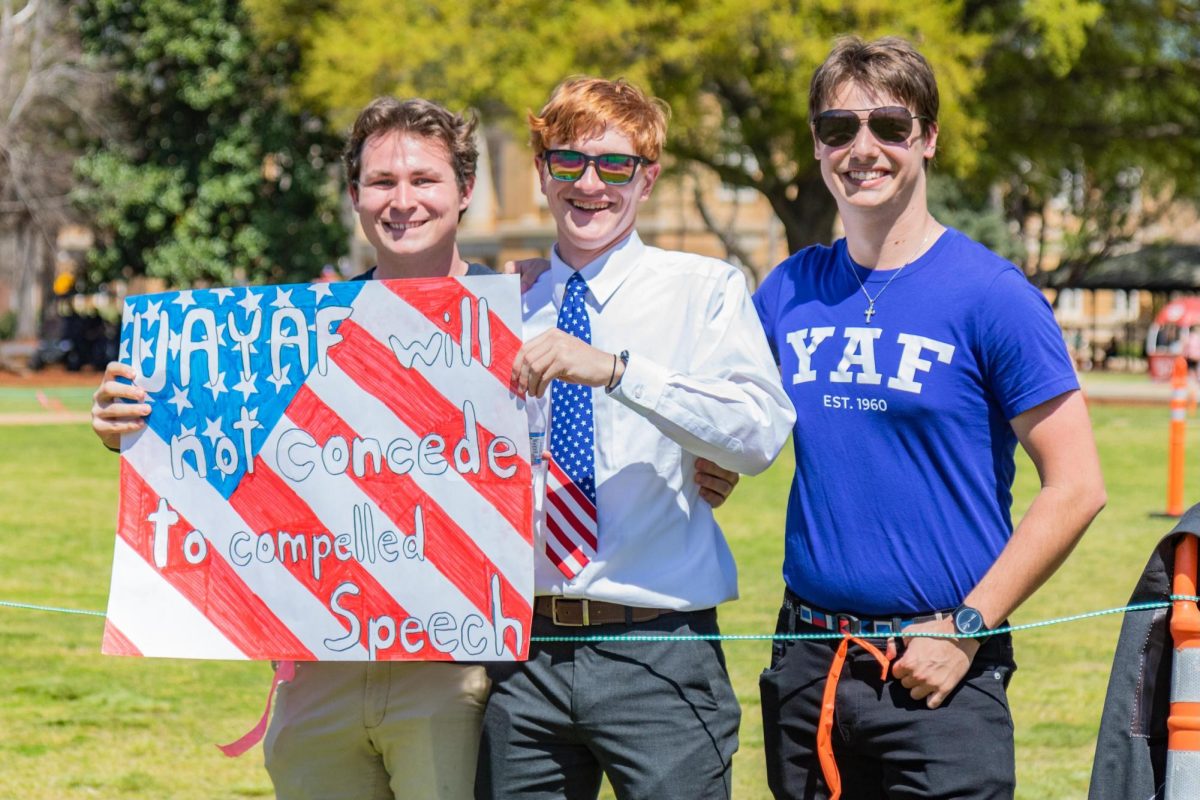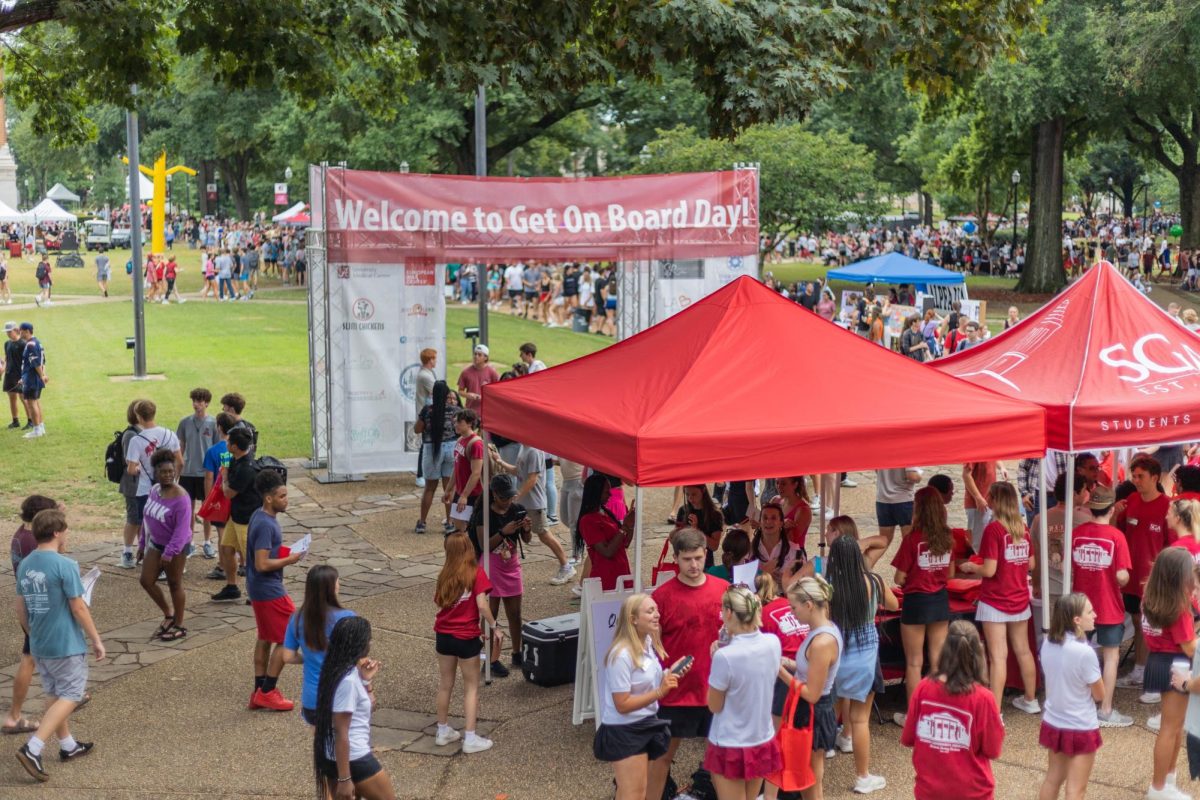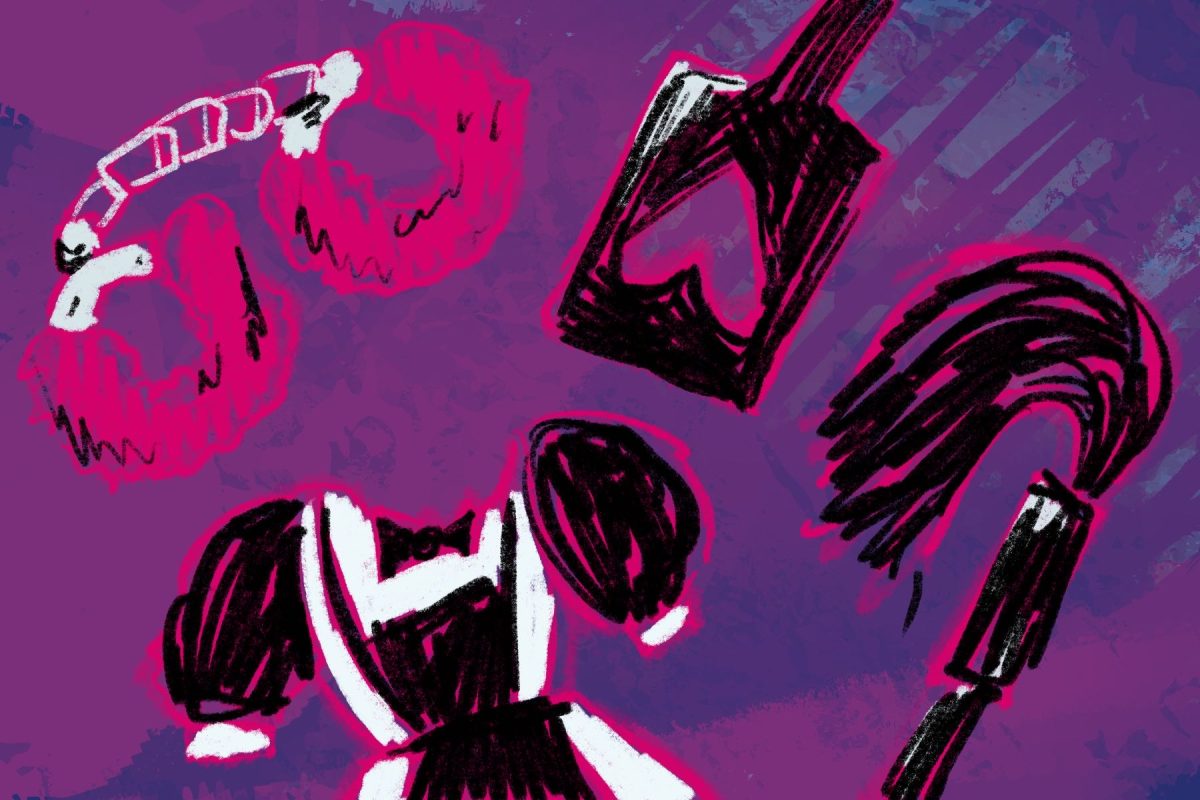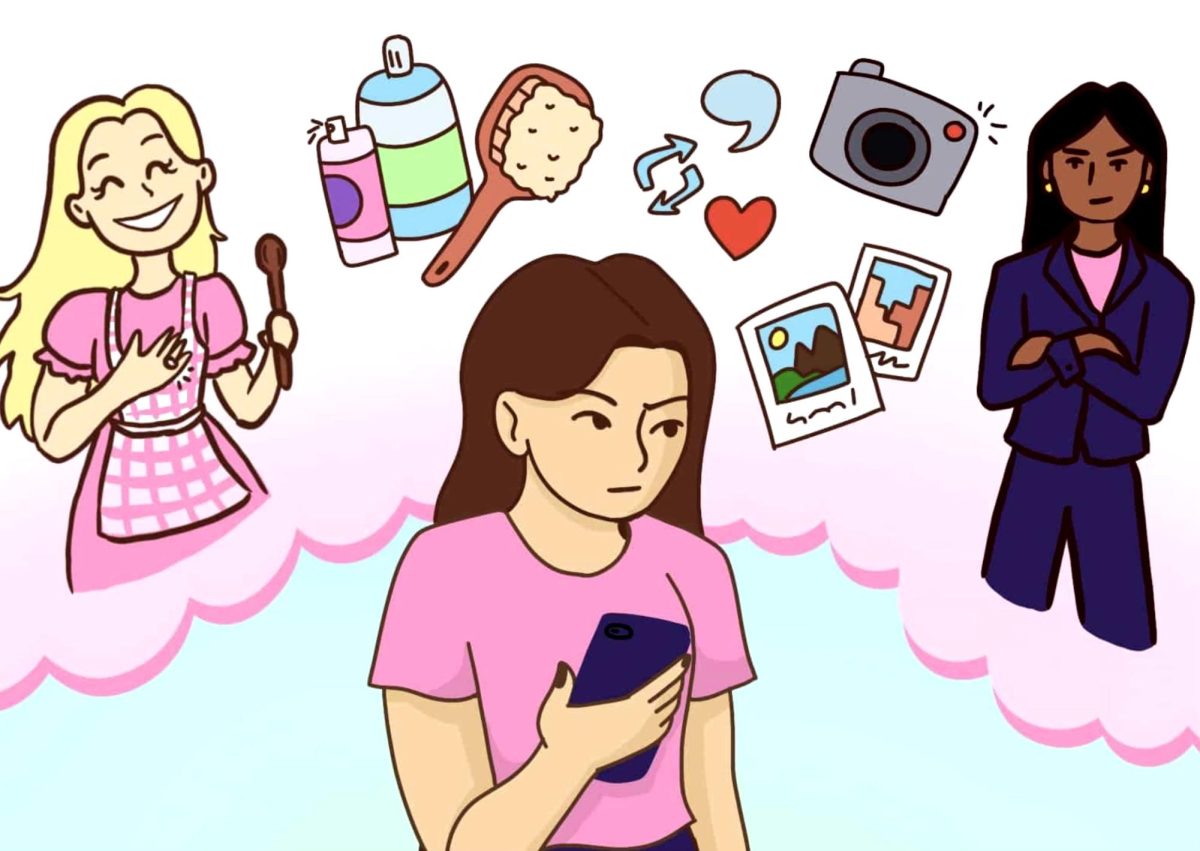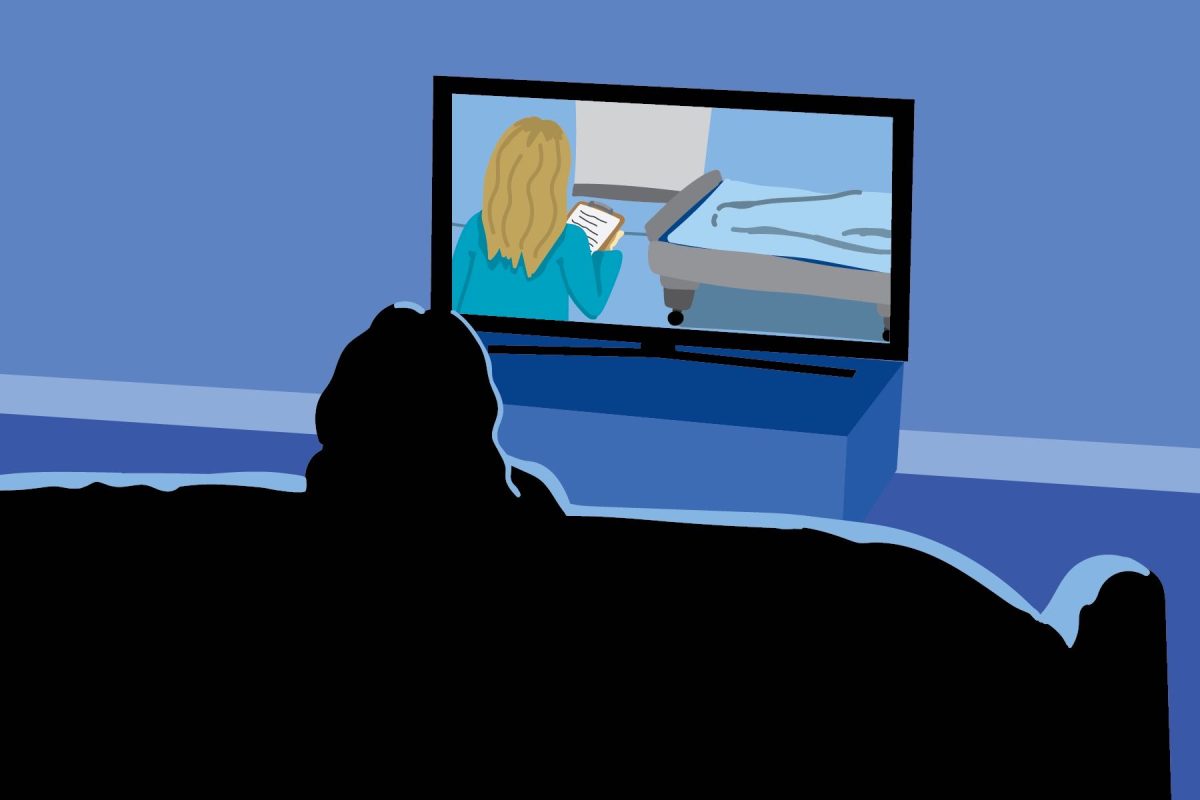There is a difference between good basketball and entertaining basketball. College basketball – particularly March Madness – is entertaining basketball, albeit very, very entertaining basketball.
This year’s NCAA men’s basketball tournament has been no exception. Butler and Virginia Commonwealth have destroyed the brackets of many on their improbable routes to the Final Four. Kentucky and Connecticut, though highly seeded, were not seen as tournament favorites either.
For the first time since tournament seeding began in 1979, neither a No. 1 nor a No. 2 seed will play in either of the national semifinal games. Upsets and Cinderella stories put the madness in March Madness, but this year flaunted the parity of men’s college basketball.
No team had the talent to dominate during this year’s regular season either, which created a carousel of teams ranked No. 1 in the country. This has only carried over to a more prominent stage during the tournament.
I love cheering for the Davids against the Goliaths; it is the anti-establishment in me. However, the upsets this year have been grossly underwhelming. In terms of seeds, sure, there have technically been major upsets.
There have been no Goliaths though. The top-tier teams of today mainly rely on highly-recruited freshmen and sophomores, who probably will ditch their schools before their junior year. The bottom-tier teams rely on experience and chemistry.
Nothing better represents this divide than the four teams left standing. The rosters of Kentucky and Connecticut consist of underclassmen with arguably more talent. Butler and Virginia Commonwealth are comprised of mostly lowly regarded upperclassmen.
This year may be an extreme anomaly. Either way, I think it is a trend that needs addressing, because it affects the National Basketball Association as well.
Since a change in policy in 2005, players have to be at least 19 to declare for the NBA draft. The result has been an abundance of one-and-done players, which has diluted the college and professional game. In last year’s NBA draft, nine freshmen were selected as well as 12 sophomores. That may not seem like much, but remember that it only takes a handful of elite players to make a quality tournament.
Early draft entries have forced the NBA to deal with underdeveloped players. Only a few recent NBA rookies have succeeded out of the gate. Instead of honing their skills and building a better team at their school, players opt for the draft much too early.
For every John Wall or Carmelo Anthony, there are dozens of failed prospects who would have benefited from a couple of more years at the college level. More young players achieving early success would help the NBA in terms of quality and fan base.
I support delaying draft eligibility until after a player’s junior year. Until the NCAA finds a way to share revenue with its players, I doubt this change will ever occur.
We will just have to watch the repercussions of the current policy. The top NBA prospects this year include Harrison Barnes of North Carolina, Kyrie Irving of Duke and Perry Jones of Baylor. I can emphatically state that none of these three can start in the NBA next year or even have a major impact, regardless of whether the NBA avoids a lockout. They could drastically improve the college basketball product if they stayed though.
While it has been extremely fun watching the flurry of upsets in this year’s NCAA men’s basketball tournament, it has been filled with mediocre basketball at best. Forcing players to remain in college until their junior year would benefit both the NCAA and NBA.
Wesley Vaughn is a junior majoring in public relations and political science. His column runs on Wednesdays.




